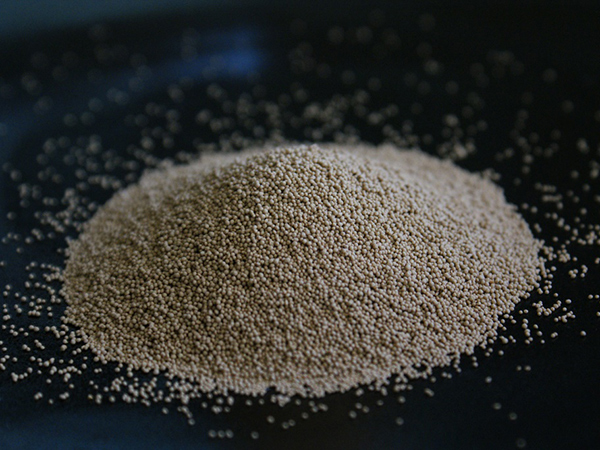The Accuracy of Sand Casting An In-Depth Analysis
Sand casting is one of the oldest and most widely used metal casting processes, providing unique advantages and versatility in producing complex parts. However, the accuracy of sand casting is often questioned, especially when compared to other casting methods such as investment casting or die casting. This article aims to explore the factors that influence the accuracy of sand casting, its advantages and limitations, and its practical applications in various industries.
Understanding Sand Casting
Sand casting involves creating a mold from a sand mixture, which is then filled with molten metal to create a desired shape. The mold can be made in two parts, called halves, which are assembled after the pattern is removed. The key advantages of sand casting include its ability to accommodate large and complex shapes, cost-effectiveness for low to medium production runs, and the ability to use a wide variety of metals.
Factors Influencing Accuracy
1. Pattern Tolerances The accuracy of the final casting greatly depends on the quality of the pattern used to create the sand mold. Patterns must account for shrinkage as the metal cools and solidifies, as well as be precise in dimension to minimize defects.
2. Mold Material and Quality The choice of sand mix impacts the surface finish and dimensional accuracy of the casting. Factors such as sand grain size, moisture content, and bonding agents all play a significant role. High-quality sand blends with suitable properties tend to produce more accurate and smoother castings.
3. Casting Techniques Variations in the sand casting process itself, including the pouring technique and the cooling rate, can affect the accuracy. More controlled pouring techniques can minimize defects like misruns and cold shuts while managing the cooling rate can help reduce warping and dimension shifts.
4. Shrinkage and Dissonance As metals cool, they shrink, and if the mold does not accommodate this property accurately, it can lead to dimensional discrepancies. Understanding the thermal dynamics of the chosen metal and making necessary adjustments in the mold design is crucial.
how accurate is sand casting

Achieving Precision
While sand casting allows for a less stringent tolerance level (typically around ±0.25% for steel and iron castings), industry standards can necessitate tighter tolerances. Advanced techniques, such as computer-aided design (CAD) and simulation software, can improve the pattern and mold designs, enhancing the overall accuracy of the process. Furthermore, post-casting treatments, such as machining or surface finishing, can also be employed to meet specific accuracy requirements.
Advantages of Sand Casting in Accuracy
Despite some inherent limitations, sand casting shines in its ability to produce accurate large-scale parts economically. The versatility of sand molds allows for customization and quick changes to patterns, making it a favorable choice for prototyping and short-run production. In applications where complex geometries are required, sand casting can produce parts that are not only accurate but also cost-effective when compared to other methods.
Limitations of Sand Casting Accuracy
While sand casting is advantageous, it does have its drawbacks related to accuracy. The necessity of surface finishing due to rough surfaces can add to production time and costs. Additionally, for industries where precision is critical, such as aerospace or automotive manufacturing, the lower inherent accuracy of sand casting may require supplementary processes that could offset its economic benefits.
Conclusion
In conclusion, the accuracy of sand casting is influenced by various factors, ranging from the quality of the pattern to the material properties of the sand. Despite its limitations, it remains a vital process in many industries thanks to its flexibility, cost-effectiveness, and ability to produce complex shapes. Advancements in technology and methods are continually improving accuracy in sand casting, making it a relevant choice for modern manufacturing needs. By understanding the intricacies of the sand casting process, manufacturers can optimize their production for both quality and precision, ensuring that this age-old method continues to thrive in a competitive landscape.
Post time:Rgs . 28, 2024 15:36
Next:sand casting service
